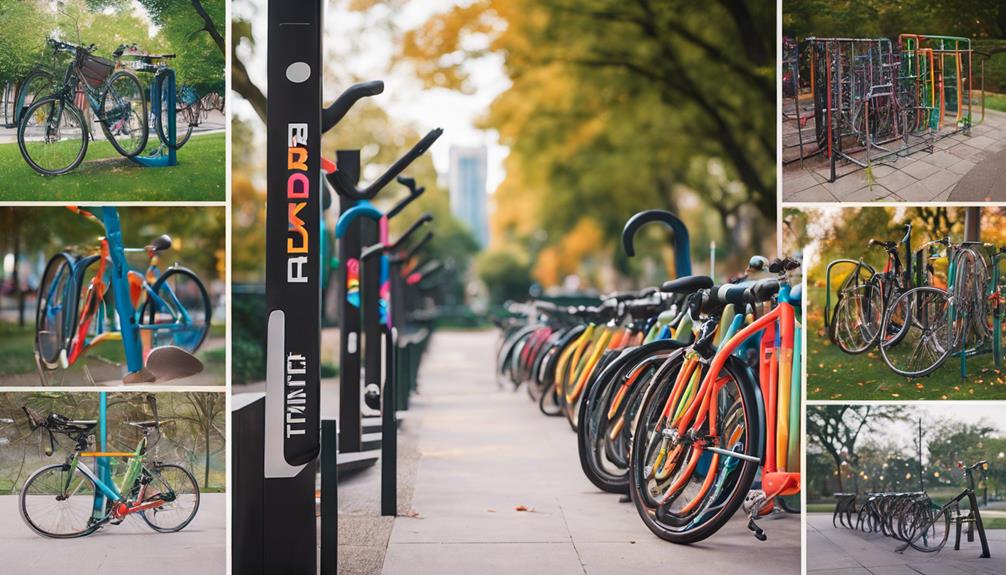In the era of adventure tourism, bike packing has emerged as a popular way for outdoor enthusiasts to explore the great outdoors on two wheels. Unlike traditional bike touring, which often involves a heavy load of gear and a rigid itinerary, bike packing allows cyclists to travel light and embrace spontaneity. At the heart of this movement are bike packing bags—specialized storage solutions that enable cyclists to carry their essentials efficiently and comfortably. In this article, we will delve into the various types of bike packing bags, their unique features, and how to choose the right ones for your adventures.
What are Bike Packing Bags?
Bike packing bags are designed to be lightweight, durable, and aerodynamic, fitting snugly onto a bicycle without the bulk of traditional panniers. They allow cyclists to securely carry camping gear, clothing, food, and other necessities while maintaining a streamlined profile. These bags come in various shapes and sizes, catering to different bike configurations and riding styles.
Types of Bike Packing Bags
Understanding the different types of bike packing bags is essential for planning your trip effectively. Here are the main categories:
- Frame Bags: These bags fit within the triangle of a bike’s frame and are ideal for storing heavier items like tools and food, keeping the weight low and centered.
- Seat Bags: These attach under the seat and are perfect for carrying sleeping bags or clothing. They usually come with a roll-top closure for easy access.
- Handlebar Bags: Mounted on the handlebars, these bags are often used for quick-access items such as snacks, maps, or electronics.
- Top Tube Bags: These small bags sit on the top tube of the bike and are ideal for items like energy gels or mobile devices.
- Fork Bags: Mounted on the fork legs, these bags are great for storing items like water bottles or extra gear.
Choosing the Right Bike Packing Bags
Selecting the right bike packing bags depends on several factors, including your bike type, trip length, and personal preferences. Here are some critical considerations:
1. Type of Bike
The type of bike you have will influence your bag choices:
- Mountain Bikes: These bikes often have more space for frame bags and may require rugged, durable bags.
- Road Bikes: Lightweight bags that minimize wind resistance are preferable for road cycling.
- Gravel Bikes: Versatile bags that can handle various terrains are ideal for gravel riding.
2. Length of Trip
The duration of your trip will also dictate your packing needs:
- Weekend Trips: Minimalist packing with a focus on essentials is key.
- Multi-Day Adventures: You’ll need more robust storage solutions for additional gear and food.
3. Weight Capacity
Consider the weight capacity of the bags you choose. Lightweight materials are essential, but ensure they can handle the load during your trip.
4. Waterproofing
Weather can be unpredictable, so look for bags made from waterproof materials or those with rain covers to protect your gear.
Top Bike Packing Bags on the Market
To help you get started, here are some of the top bike packing bags currently available:
- Revelate Designs Viscacha Seat Bag: Known for its durability and capacity, it can hold up to 14 liters and features a roll-top closure.
- Ortlieb Frame Pack: This frame bag comes in various sizes, is waterproof, and has a sleek design that fits snugly in the bike frame.
- Apidura Backcountry Handlebar Pack: Lightweight and waterproof, this bag is perfect for long rides and rugged conditions.
- Thule Shield Pannier: While technically a pannier, its lightweight design makes it suitable for bike packing as well.
Case Studies: Successful Bike Packing Adventures
To illustrate the effectiveness of bike packing bags, let’s look at a couple of case studies from seasoned bike packers.
1. The Great Divide Mountain Bike Route
The Great Divide is a renowned bike packing route that spans over 2,700 miles from Canada to Mexico. Cyclists on this route often use a combination of frame bags and seat packs to carry their gear. Many riders report that the compact design of these bags allows them to navigate through challenging terrains while keeping their essentials secure.
2. The Oregon Timber Trail
Another popular bike packing route is the Oregon Timber Trail, which showcases stunning landscapes and diverse terrain. Cyclists here have praised the use of handlebar bags for easy access to snacks and maps during long rides. Many travelers recommend opting for waterproof bags, given the region’s unpredictable weather.
Tips for Successful Bike Packing
To make the most of your bike packing experience, consider the following tips:
- Pack Light: Only bring what you need. Remember, every ounce adds up.
- Organize Your Gear: Use packing cubes or dry bags to keep similar items together.
- Test Your Setup: Before embarking on a long trip, take a short ride to test how your bike feels with the loaded bags.
- Stay Flexible: Be prepared to adjust your packing as you learn what works best for you on the road.
Conclusion
Bike packing bags are essential tools for cyclists looking to embark on adventurous journeys. With various types of bags available and careful consideration of your bike, trip length, and packing needs, you can find the perfect setup for your next adventure. Whether you’re tackling the Great Divide or exploring local trails, investing in the right bike packing bags will enhance your experience and allow you to embrace the freedom of the open road. Remember to pack light, stay organized, and most importantly, enjoy the ride!
